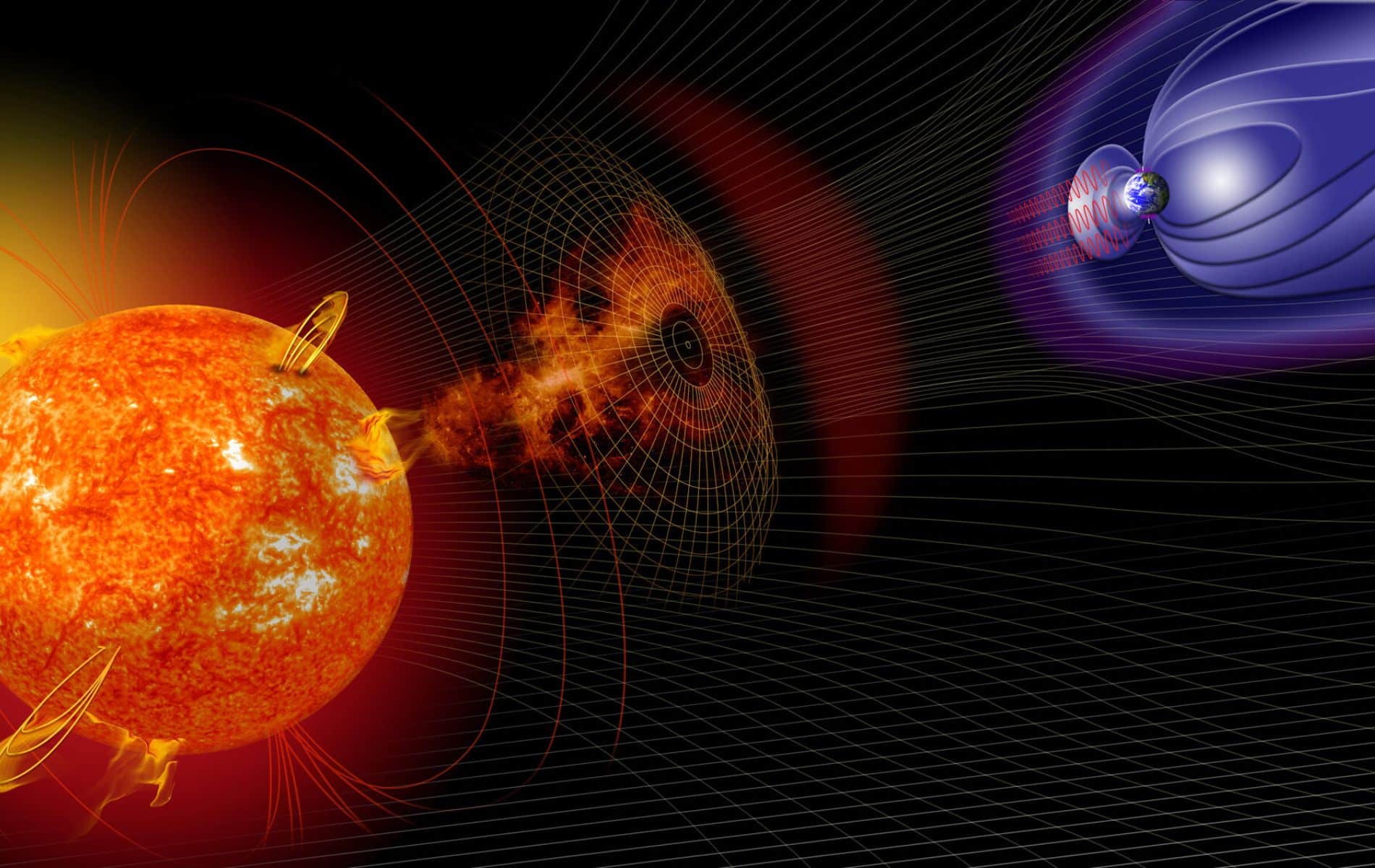
If our distant ancestors had electricity and satellites, they would have been in dire straits, 14,300-year-old tree trunks reveal
Researchers have discovered unexpectedly high levels of carbon-14 in tree trunks thousands of years old. Thus they discovered the largest solar eruption ever.
Our sun is a fickle star. This means that it is very active at times and spews high-energy particles in our direction. Fortunately, Earth has a large magnetic bubble that protects us from dangerous solar flares. However, our wireless communications systems and power grids are more sensitive to solar activity. Fortunately, they didn’t have one until about 14,300 years ago, when the largest solar flare ever occurred, according to the researchers. New study open.
Tree trunks
In the study, the researchers looked at ancient tree trunks found in the French Alps. They cut them into individual slices and then subject them to a thorough examination. This led to a surprising discovery. This allowed the team to determine that exactly 14,300 years ago there had been an unusual increase in carbon-14 levels. By comparing this rise in carbon-14 with measurements of beryllium, a chemical element found in ice cores from Greenland, the research team concluded that this rise was caused by A massive solar explosion that releases large amounts of high-energy particles into the atmosphere injected from Earth.
Carbon 14
“Carbon-14 is constantly produced in the upper layers of the atmosphere as a result of reactions caused by cosmic rays,” explains study leader Edward Bard. “Scientists have recently found that intense solar activity, such as solar flares and coronal mass ejections, can also produce short-lived bursts of high-energy particles. They are stored as large spikes in radiocarbon production for just one year.
The biggest ever
The newly discovered solar flare that occurred about 14,300 years ago wasn’t just an explosion. There are nine similar solar flares known, called “Miyake”. All of these events occurred within the past 15,000 years. The most recent events of Miyake occurred in 993 AD and 774 AD. But the now-discovered solar explosion, which occurred about 14,300 years ago, takes first place: it was at least twice the size of the other two. This means that this explosion is now the largest solar explosion ever.
Carrington event
The largest solar flare that we have directly observed occurred in 1859 and is known as the Carrington event. It caused enormous problems on Earth and destroyed telegraph machines, for example. It even produced a nighttime twilight so bright, so intense that the birds began to sing because they thought it was morning. But Miyake events, including the recently discovered solar flare 14,300 years ago, would have been orders of magnitude larger.
Scientists confirm that if a similar massive solar explosion occurred today, it could be catastrophic for our modern technological society. It could lead to the disruption of communications systems, satellites and electricity networks, which will lead to severe financial damage.
Communications and satellite systems
“Intense solar flares could have catastrophic consequences for our planet,” explains researcher Tim Heaton. “These powerful storms can cause permanent damage to our power grids, causing prolonged power outages that can last for months. Furthermore, they can damage the satellites we use for navigation and communications, rendering them useless. In addition, They pose significant radiation risks to astronauts in space.
Miyake
However, we actually know very little about the details of Miyake’s catastrophic events. This is because we have never been able to observe them directly with our instruments. This highlights the fact that we still have a lot to learn about how the Sun behaves and the risks this poses to our society. We don’t know exactly what causes these types of intense solar flares, how often they might occur, or whether we’ll somehow be able to predict them in the future.
Direct measurements
However, the new study is an important step forward. It gives us new knowledge about the extreme behavior of the Sun and the risks this entails for our planet. “We didn’t start making direct, automated measurements of solar activity until the 17th century,” Bard says, “and then we did it simply by counting sunspots.” “Today we use ground-based observatories, space explorers and satellites to collect detailed data about the Sun. But even with all these modern tools, we still have limited information about the Sun’s long history. Measuring carbon-14 in tree rings and analyzing beryllium in polar ice cores actually offers better A way to understand the Sun’s behavior later.
Scientists stress that it is necessary to better understand the future risks of large-scale solar explosions. They argue that a strong understanding of our past is crucial to accurately predict our future and limit risks. “Measuring carbon-14 is an extremely powerful way to study Earth’s history and reconstruct key events that occurred here,” says Heaton. Ultimately, researchers hope this will allow us to be better prepared, make our communications and energy systems more resilient and better able to protect them against potential damage.

“Web maven. Infuriatingly humble beer geek. Bacon fanatic. Typical creator. Music expert.”
